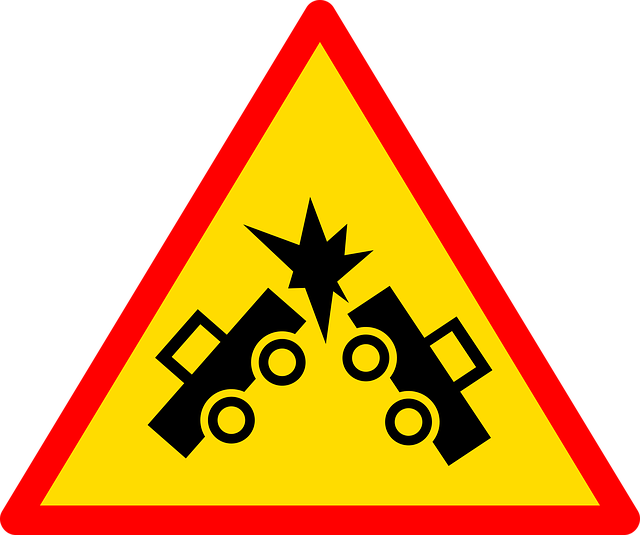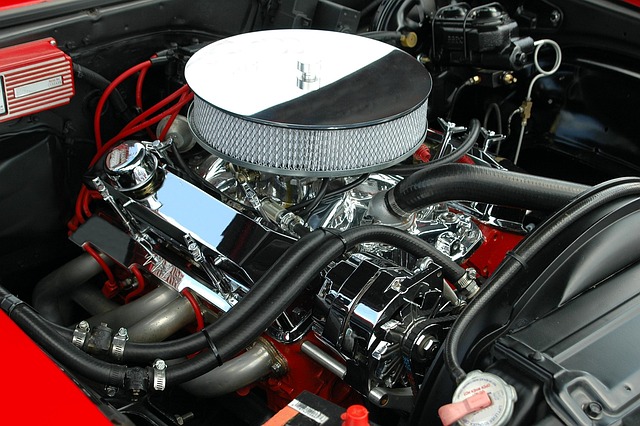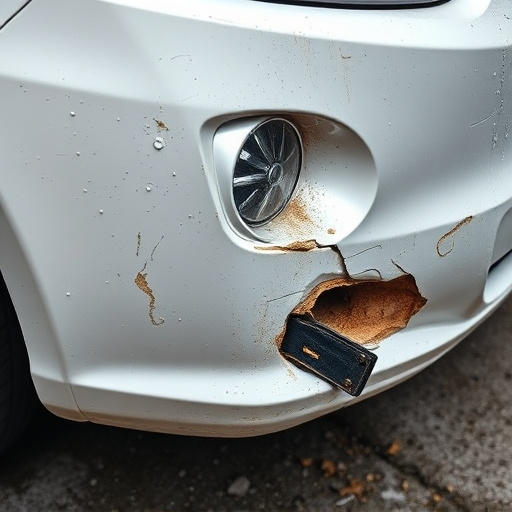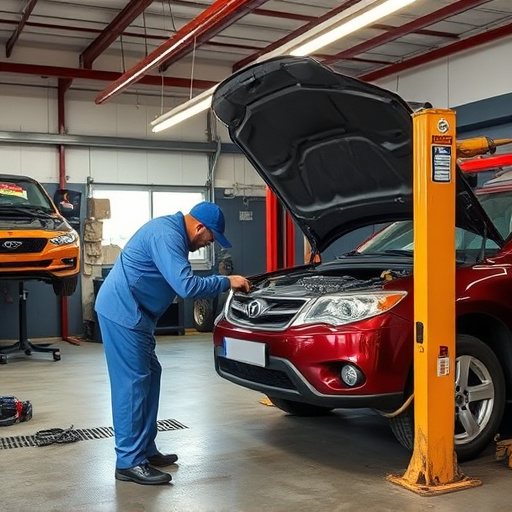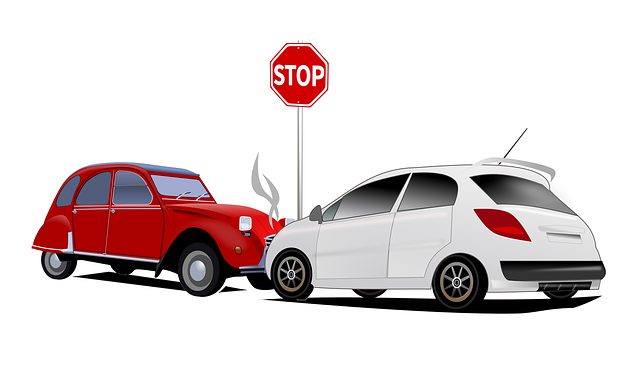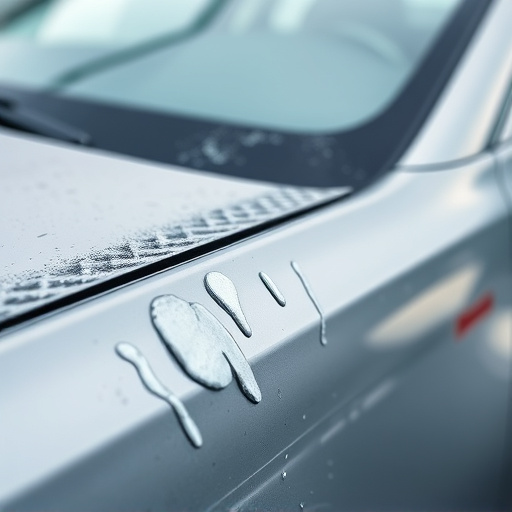EPA compliant body shops must manage hazardous waste, follow equipment use guidelines, and maintain detailed records for compliance inspections. Common violations include improper disposal of paint repair waste, leading to environmental contamination remedies like stricter waste management, updated safety data sheets (SDS), and adherence to local, state, and federal regulations. Effective containment systems for paint overspray and airborne contaminants are crucial for minimizing the environmental impact of an EPA compliant body shop.
“Discover what happens during EPA compliance inspections at body shops, a critical aspect of ensuring environmental protection. This article guides you through the essential components, from understanding EPA regulations for these facilities to preparing thorough documentation. Learn about common inspection findings and effective remediation strategies to maintain an EPA-compliant body shop. By adhering to these practices, businesses can avoid penalties, foster sustainability, and contribute to a greener future.”
- Understanding EPA Compliance for Body Shops
- Preparation and Documentation Procedures
- Common Inspection Findings and Remediations
Understanding EPA Compliance for Body Shops

Body shops, whether specialising in regular car repairs or the intricate art of car body restoration, must navigate a complex web of environmental regulations to become and maintain an EPA compliant body shop. The Environmental Protection Agency (EPA) sets standards aimed at minimising pollution and protecting both public health and the environment. For auto repair facilities, this means implementing strict practices for managing hazardous waste, such as motor oil, solvents, and various chemicals used in the reparative process.
These regulations extend beyond simple waste disposal, encompassing everything from the equipment used to the handling of materials. An EPA compliant body shop ensures that its operations are not only environmentally responsible but also legally sound. By adhering to these guidelines, a business can avoid hefty fines and legal repercussions, while promoting sustainable practices in the ever-growing luxury vehicle repair sector.
Preparation and Documentation Procedures

Before an EPA compliance inspection, a body shop must be prepared to demonstrate adherence to environmental regulations. This involves ensuring all necessary permits and documentation are up-to-date and easily accessible. The shop should have comprehensive records of all waste disposal practices, including separate tracking for hazardous materials from auto painting, vehicle paint repair, and auto glass replacement processes.
Proper preparation includes organizing a detailed log of each step in the restoration process, with specific notes on material usage, waste collection, and recycling efforts. These procedures not only help the shop maintain EPA compliance but also serve as evidence of responsible environmental stewardship to both regulators and customers.
Common Inspection Findings and Remediations

During EPA compliance inspections at body shops, several common issues are typically identified. These include violations related to waste management, such as improper disposal of hazardous materials used in vehicle paint repair and collision damage repair processes. Many times, inspectors find that body shops lack adequate training or protocols for handling and disposing of these materials, leading to potential environmental contamination.
Remediations often involve implementing stricter waste management procedures, including proper labeling, storage, and disposal methods. Body shops are required to update their safety data sheets (SDS) and ensure compliance with local, state, and federal regulations. For instance, proper containment systems for paint overspray and efficient filtration of airborne contaminants during vehicle bodywork processes can significantly reduce environmental impact.
EPA compliance inspections at body shops are critical to ensuring environmental protection and sustainable practices. By understanding the regulations, preparing thoroughly, and addressing common findings promptly, these businesses can maintain their status as EPA compliant body shops, contributing to a greener industry standard. Regular documentation and remediation processes are key to navigating these inspections successfully.


